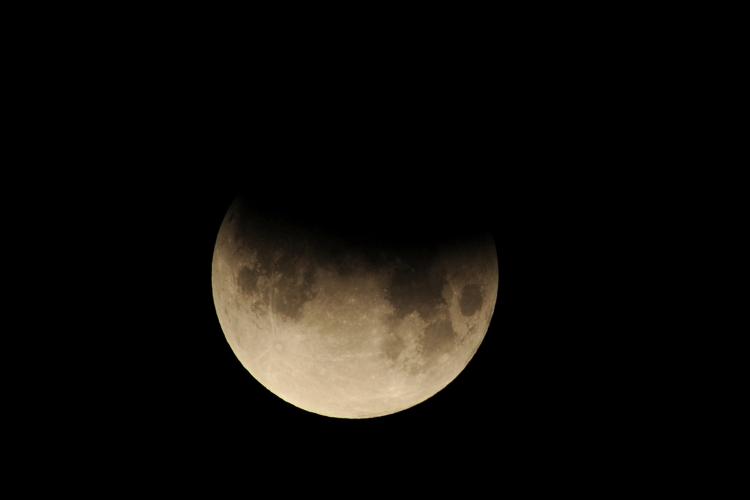The Moon.
I don't want to be judgmental, but...well, I am. That's on me. I'm sorry that I'm judging you folks that are wrong about the Moon, because I know that people should not have ignorance held against them, especially over topics that have no bearing on anyone's life.
But it's there. Like right there. All the time. Has been your whole life.
The worst perpetrators are picture books and lullabies, which I've read and sung a lot of lately and I'm sure my son is tired of hearing about the Moon. So I'm going to tell you about the Moon, and when you go to write or illustrate a picture book, you can know how the Moon works.
1. The Moon is not only up at night.
There's this idea that I see constantly that Sun=day and Moon=night. The Sun being up does make it day, but the Moon part of this is bogus. The Moon is up all night only during the full moon, the rest of the month it rises later and later, rising at midnight and setting at noon for the waning quarter moon, rising in the morning and setting at night for the new moon, rising at noon and setting at midnight for the waxing quarter moon, then back to the full moon again.
 |
| Proof. The Moon during the day. Credit: David Jones |
So when in your story you have a fingernail sliver of Moon rising at midnight, my first thought is WHAT?! SOMETHING CATASTROPHIC HAS HAPPENED! The same with characters not being able to see at night because it's the new moon and the new moon doesn't give off any light. No, they don't have any light at the new moon because the Moon isn't up. Also, if you're going to have a sacrifice under the new moon, that's at noon.
2. The phases of the Moon are caused by its position relative to the Sun and Earth.
Not because the Earth is throwing its shadow across the Moon. That's called a lunar eclipse and it looks very different. Related to that, a total lunar eclipse can only happen at the full moon and a solar eclipse can only happen at the new moon. If your story has a solar eclipse with a crescent moon, there is something HORRIBLY WRONG because in order for that to happen a second sun would have had to appeared.
 |
| partial lunar eclipse. See how the shadow is not as definite as a crescent moon. ©bigstockphotophoto.com/hotshotsworldwide |
The phases of the Moon depend on where the Sun, Earth, and Moon are in space.
Half of the Moon's surface is always illuminated. That's the side that is facing the Sun, while the side not facing the Sun will not be lit up. This is not to be confused with the "dark side of the Moon", which is the side of the Moon that does not face the Earth (The same side of the Moon always faces the Earth. It's cool), and we therefore can't see it from here, making it mysterious or "dark." This gets confusing because sometimes the dark side of the Moon is literally dark because it faces away from the Sun, and sometimes the dark side of the Moon is lit or partially lit because it faces or partially faces the Sun.
Note that no matter where the Moon is in its orbit, the side of the Moon facing the Sun is always lit and the side away from the Sun is dim. This is also true for the Earth, where the dark part is night and the light part is day.
The different Moons drawn here represent four different moments in the Moon's orbit around the Earth. (The Earth does not have four Moons, and the Moon makes a full orbit of the Earth about once a month.)
This shows how the Moon's position in space makes it look different for a person on the Earth. See their thought bubbles as they look up at the Moon? The Moon hasn't changed all that much, but a person's perspective of the Moon will change.
Now, looking at these diagrams, it seems like the Moon ought to go through all its phases every day, so why is it a quarter moon when it rises and still a quarter moon when it sets that night? That's because these diagrams are a bit misleading: the Moon orbits the Earth about once a month, while the Earth is in the middle there spinning, spinning, spinning away.
One day in the life of the Moon would look more like this:
Note that the Moon rises around noon and sets around midnight. Also note that that red stick person is going to see a quarter moon from every position where it's possible to see the Moon.



No comments:
Post a Comment